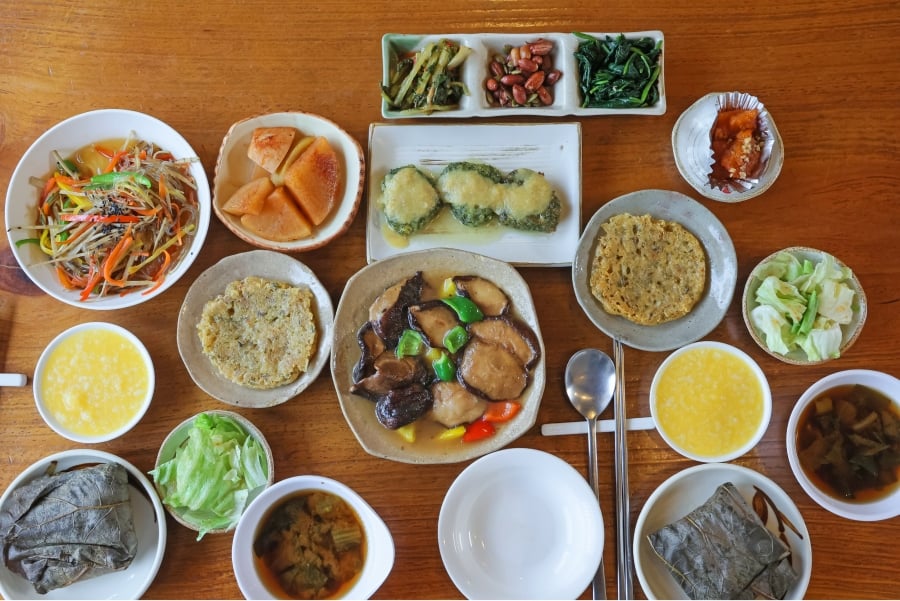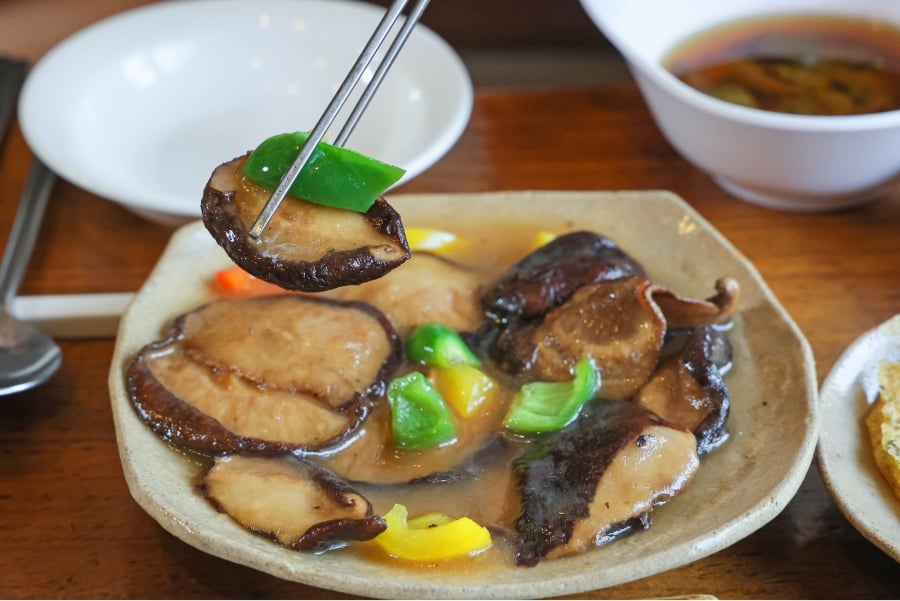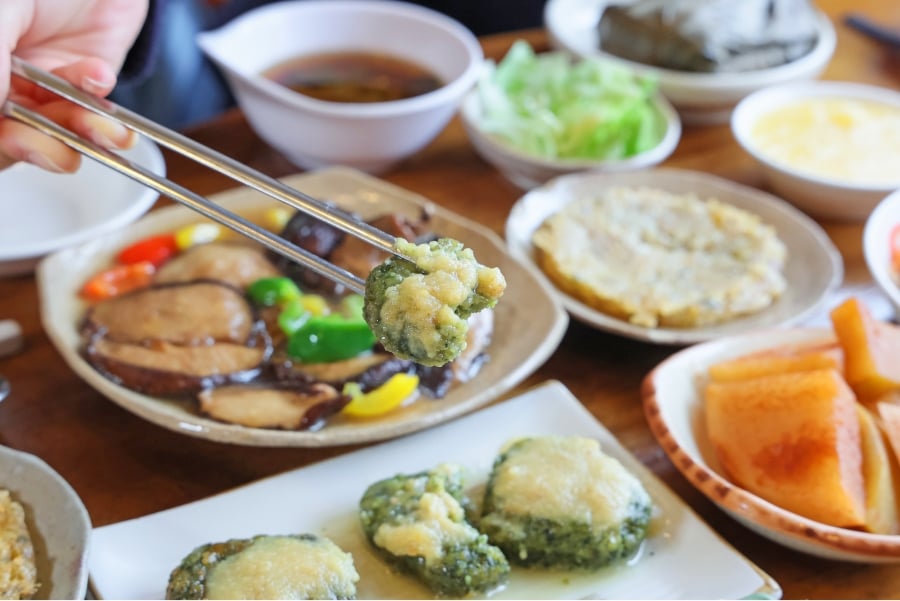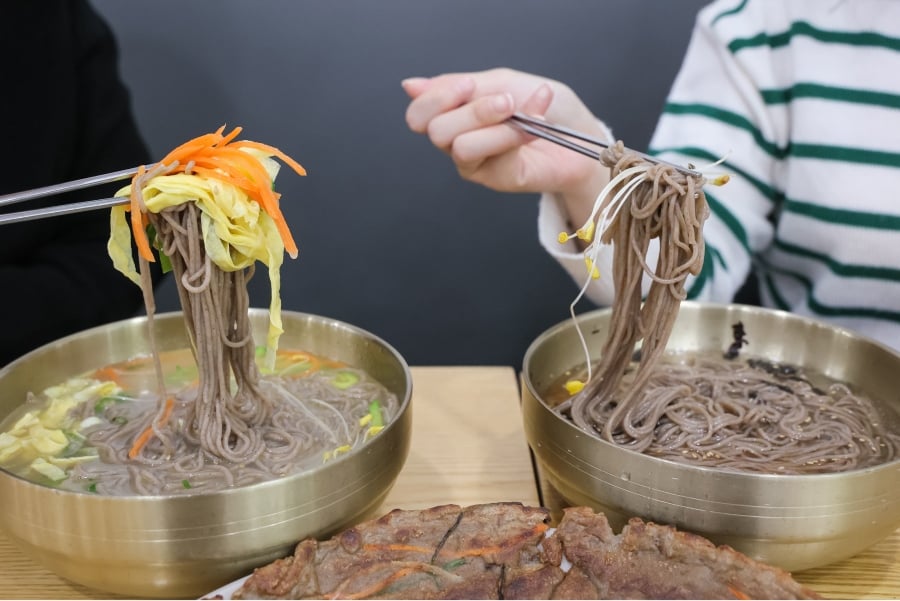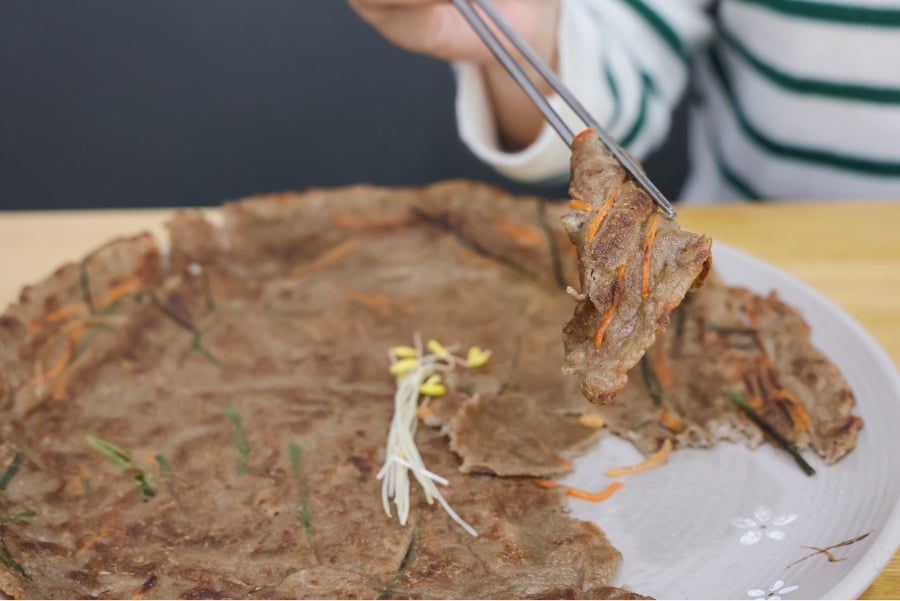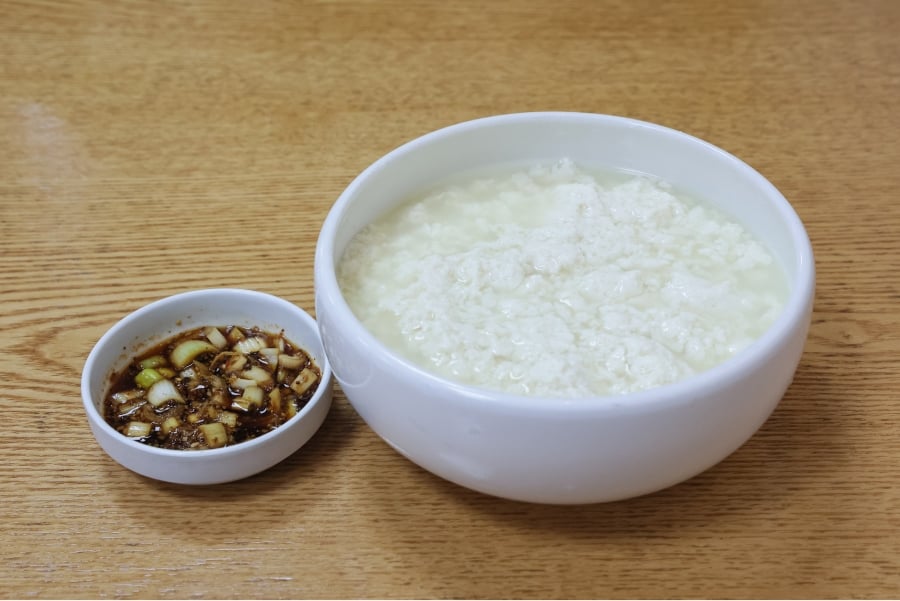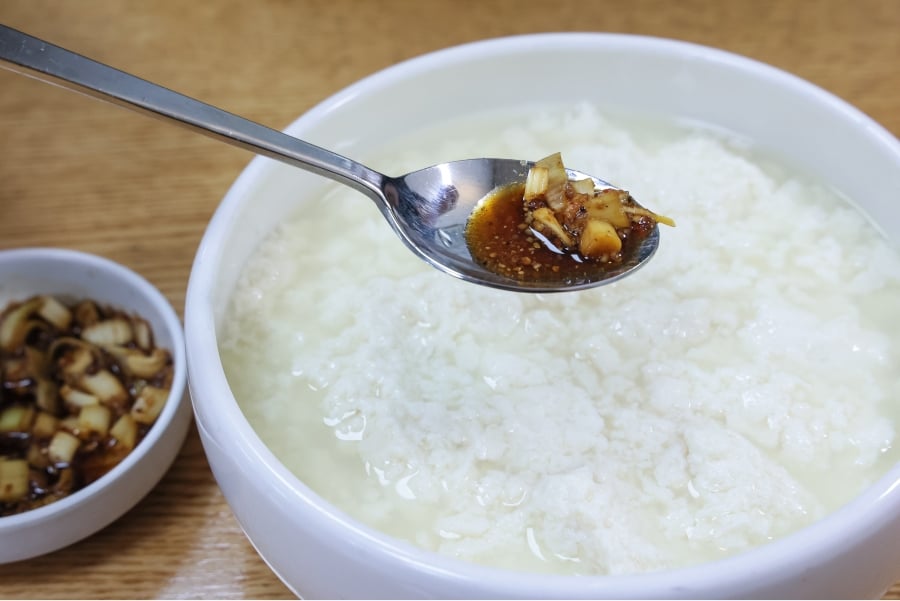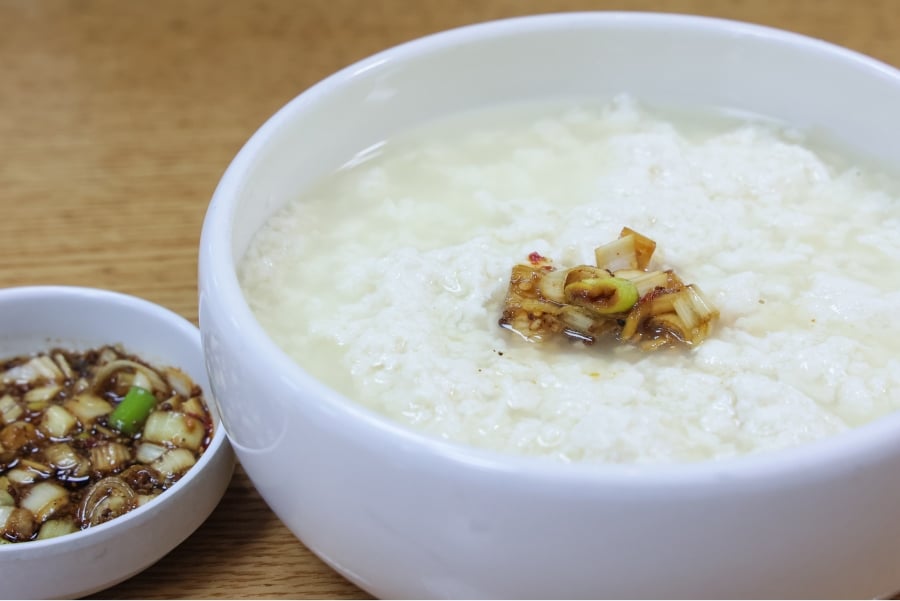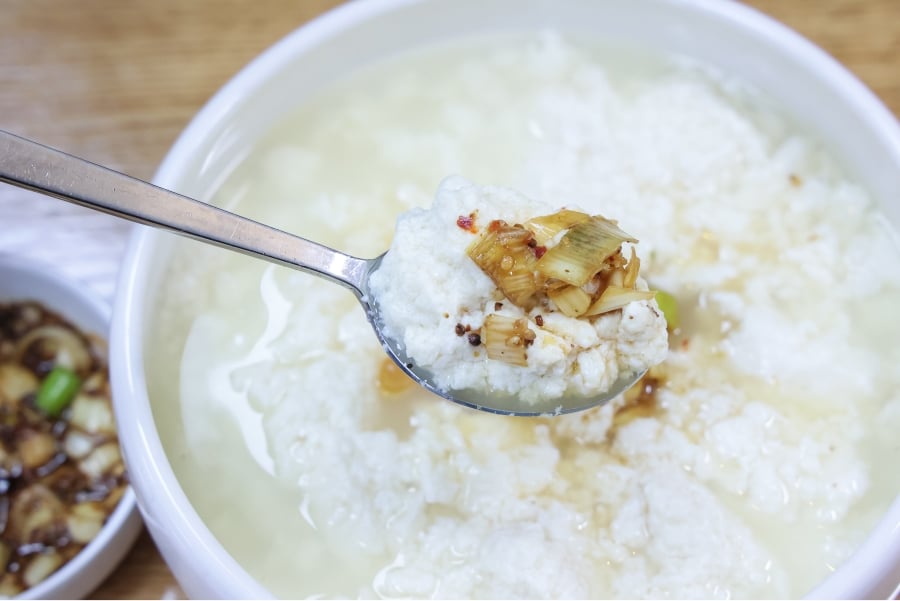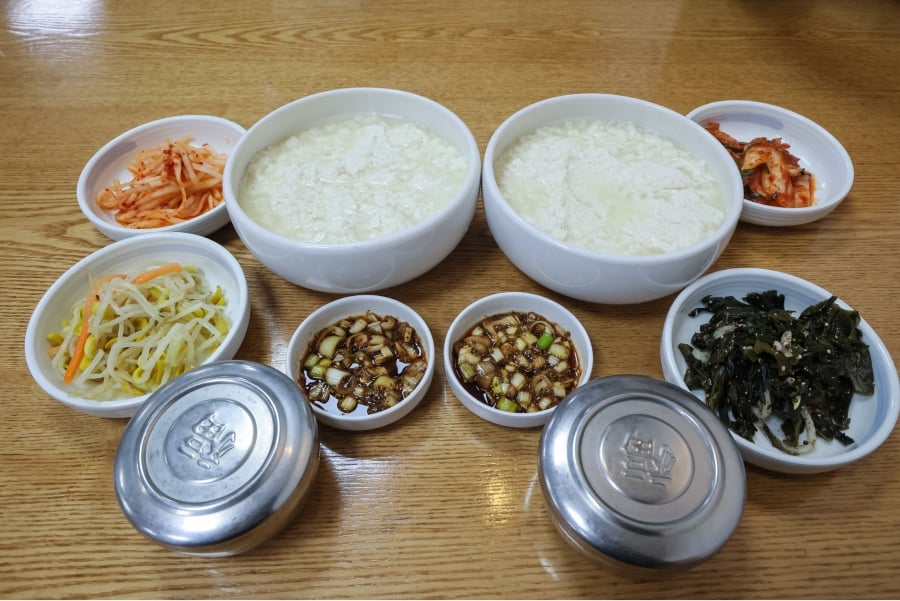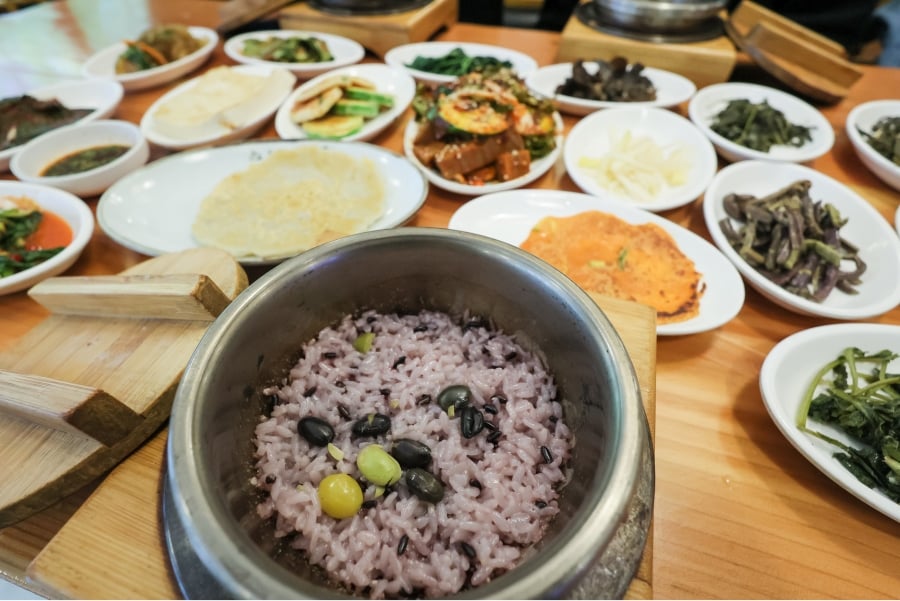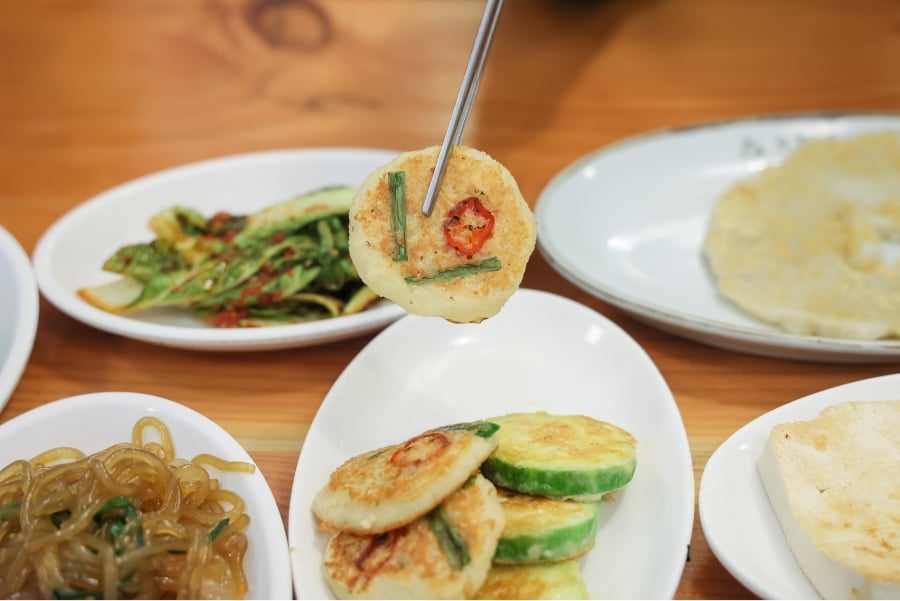Embracing Healthy Eating
through Korean Vegetable Dishes
Korean Cuisine: A Fusion of Flavor and Health

According to a 2021 Survey of Overseas Korean Food Consumers conducted by the Korean Food Promotion Institute, foreigners perceive Korean cuisine as Flavorful(40.4%), Healthy(38.7%), and Vegetable-oriented(38.4%). In essence, the image of Korean food abroad is interpreted as “healthy and delicious food made primarily with vegetables.” Korean vegetable dishes offer diverse tastes by employing various cooking methods using the same ingredients. Thanks to this, one can savor new flavors daily, even without including meat.
Temple Food, Purifying Body and Mind
Korea's temple food has garnered attention overseas. In 2015, an article titled “Jeong Kwan, the Philosopher Chef” in The New York Times praised the temple cuisine of Korean Monk Jeong Kwan, introducing Korean temple food to the world. Renowned chefs and production teams from abroad visited Korea to cover Jeong Kwan's temple cuisine. Recently, many domestic and foreign travelers have been experiencing temple food through temple stay programs and specialty restaurants offering these unique dishes.
Korean temple food is characterized by its simplicity, excluding animal-based ingredients, with the exception of milk, and avoiding “Oshinchae” the five zesty-flavored vegetables of garlic, green onions, chives, wild chives, and Chinese squill. Its essence lies in preserving the natural flavors and characteristics of vegetables, grains, and mushrooms, emphasizing both taste and exceptional nutritional and health benefits.


